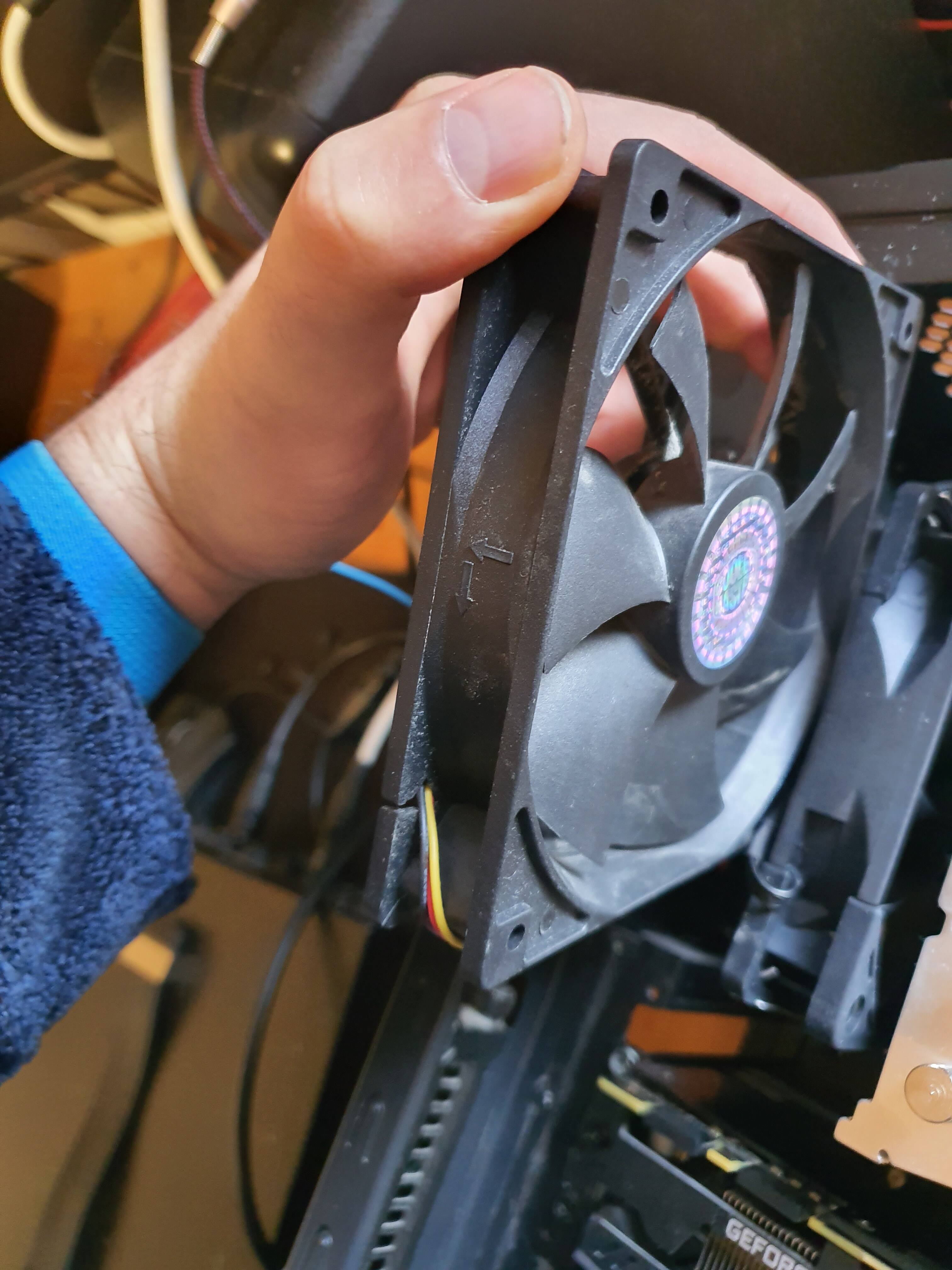

Articles
How To Turn Off Computer Fan
Modified: May 6, 2024
Learn effective ways to turn off your computer fan in this informative article. Explore step-by-step instructions and useful tips to keep your device running smoothly.
(Many of the links in this article redirect to a specific reviewed product. Your purchase of these products through affiliate links helps to generate commission for Storables.com, at no extra cost. Learn more)
Introduction
Having a computer fan running constantly can be a source of annoyance, especially when you’re trying to concentrate, watch a movie, or simply enjoy a peaceful environment. However, there are times when you might need to turn off your computer fan for various reasons.
In this article, we will explore different methods to turn off your computer fan and provide you with the necessary information to do so safely. Whether you want to reduce noise, save energy, or troubleshoot a faulty fan, we’ve got you covered.
Before we dive into the methods, it’s important to note that the computer fan plays a crucial role in maintaining optimal temperature levels for your computer hardware. Cooling fans prevent overheating and ensure that your system runs smoothly. Therefore, it’s essential to exercise caution when deciding to turn off your computer fan and be aware of the potential risks involved.
Now, let’s explore why you might want to turn off your computer fan and the safety precautions to keep in mind.
Key Takeaways:
- Turning off your computer fan can reduce noise, save energy, and aid in troubleshooting, but it’s crucial to prioritize safety. Always monitor system temperatures and follow manufacturer guidelines for optimal performance and stability.
- Methods such as adjusting fan settings in the BIOS, using software for fan speed control, and physically disconnecting the fan offer flexibility, but require careful monitoring to prevent overheating and potential damage to your hardware.
Read more: How To Turn Off An Attic Fan
Why would you want to turn off your computer fan?
While the computer fan serves an important purpose in keeping your system cool, there are a few scenarios where you might want to turn it off temporarily:
- Noise reduction: Computer fans can generate significant noise, especially if they are old or running at high speeds. This can be distracting, especially in a quiet environment or during activities that require concentration, such as audio recording or video editing.
- Energy saving: Fans consume electricity, and if you are looking to conserve energy or reduce your carbon footprint, turning off the computer fan can help achieve that. However, it’s essential to understand the potential impact on your system’s temperature and cooling performance.
- Troubleshooting: In certain instances, you might want to turn off the computer fan temporarily to troubleshoot fan-related issues. This can help determine if the fan is causing any system stability problems or if a faulty fan is the root cause of any unusual behavior.
- Experimentation/testing: Some computer enthusiasts and professionals might want to turn off the computer fan for experimental purposes or to perform specific tests. It allows them to observe the impact on system temperature, performance, and stability under different conditions.
- Cooling fan replacement: If you are planning to replace your computer’s cooling fan, you might need to turn it off to safely disconnect and install the new fan. However, it’s crucial to complete the installation as quickly as possible to avoid any overheating issues.
It’s important to note that turning off the computer fan for extended periods or without proper precautions can lead to overheating and potential damage to your system’s components. Therefore, it’s always recommended to assess the situation carefully and take the necessary safety measures before proceeding.
Safety precautions
Before attempting to turn off your computer fan, it’s essential to consider the following safety precautions:
- System temperature monitoring: Make sure to monitor your system’s temperature closely when the fan is turned off. Use reliable temperature monitoring software to keep an eye on the CPU and GPU temperatures. If the temperatures start to rise to unsafe levels, immediately turn the fan back on to prevent potential damage.
- Ensure proper ventilation: When the fan is turned off, ensure that your computer has adequate ventilation to dissipate heat. Ensure that the air vents are clear of any obstruction and consider placing your computer in a well-ventilated area to prevent overheating.
- Limit fan shutdown duration: It’s recommended to limit the duration for which you keep the fan turned off. Prolonged periods without adequate cooling can cause components to overheat, leading to reduced performance, system instability, and potential damage. Only keep the fan turned off for as long as necessary and monitor the system temperatures closely.
- Experiment with low workload: If you are experimenting with turning off the fan, it’s advisable to do so during periods of low system workload. Avoid running resource-intensive applications or tasks that generate excessive heat. This helps minimize the risk of overheating when the fan is turned off.
- Backup important data: Before attempting any changes to your system’s fan settings or physically disconnecting the fan, ensure that you have a backup of all important data. In rare cases, issues might arise that require a system restart or reset, potentially resulting in data loss.
- Consult manufacturer guidance: If you are unsure about your computer’s ventilation capabilities, cooling system design, or suitable temperature thresholds, consult your computer manufacturer’s guidelines or reach out to their support for specific recommendations.
By following these safety precautions, you can minimize the potential risks associated with turning off your computer fan and ensure the continued stability and performance of your system.
Method 1: Adjust fan settings in BIOS
One way to control your computer fan is by adjusting the fan settings in the Basic Input/Output System (BIOS) of your computer. The BIOS provides the necessary configuration options to manage various hardware components, including the fans.
Here’s how you can adjust the fan settings in the BIOS:
- Access the BIOS: Restart your computer and enter the BIOS by pressing the designated key during system startup. The key to access the BIOS varies depending on your computer’s manufacturer, but commonly used keys are F2, Del, or Esc. Refer to your computer’s manual or manufacturer’s website for specific instructions.
- Navigate to fan settings: Once you are in the BIOS, navigate to the section related to hardware or system settings. Look for an option specifically labeled “Fan settings” or “Fan control.”
- Adjust fan speed: Depending on your BIOS version and motherboard model, you may have different options to control the fan speed. Common methods include selecting predefined profiles (e.g., quiet mode, performance mode) or manually adjusting the fan speed based on temperature thresholds. Experiment with different settings to find the balance between noise reduction and cooling performance.
- Save and exit: After adjusting the fan settings, save the changes and exit the BIOS. Your computer will restart, and the new fan settings should take effect.
Note that the available fan settings in the BIOS can vary depending on your computer’s motherboard and BIOS version. Some older motherboards may have limited options for fan control. If you are unable to locate the fan settings in the BIOS or find that the options are limited, you may need to explore alternative methods, such as using software to control fan speed.
Adjusting the fan settings in the BIOS allows you to customize the fan speed and potentially reduce noise while ensuring that your system remains adequately cooled. It’s important to monitor your system’s temperature closely after making changes to the fan settings and adjust as necessary to maintain optimal performance and prevent overheating.
To turn off the computer fan, you can go into the BIOS settings and look for the fan control options. From there, you can adjust the fan speed or turn it off completely. Be cautious when doing this, as it can lead to overheating if not done properly.
Method 2: Use software to control fan speed
If adjusting the fan settings in the BIOS is not an option or you’re looking for more flexible control over your computer fan, using software can be a viable alternative. There are several software applications available that allow you to monitor and control your fan speed, providing more granular control and customization options.
Here’s how you can use software to control your computer fan speed:
- Research compatible software: Look for software applications that are compatible with your operating system and hardware. Some popular options include SpeedFan, MSI Afterburner, and Corsair iCUE. Visit the respective software’s official website to download and install it on your computer.
- Install and open the software: Follow the software’s installation instructions and launch it on your computer. The software should detect and display information about your computer’s fans.
- Adjust fan speed: Depending on the software you choose, there may be different methods to adjust the fan speed. In most cases, you can manually adjust the fan speed using sliders or customize fan profiles based on temperature thresholds. Experiment with different settings to find the balance between noise reduction and cooling performance that suits your needs.
- Save and apply settings: After you have adjusted the fan speed to your liking, save the settings within the software. Some software applications may give you the option to automatically apply the settings at startup, ensuring that your preferred fan configuration is always in place.
Using software to control fan speed gives you more flexibility and customization options compared to adjusting the settings in the BIOS. You can fine-tune the fan speed based on your preferences, system temperature, and specific usage scenarios.
However, it’s important to note that not all systems support software-based fan control, and compatibility can vary depending on your hardware and operating system. Additionally, using third-party software may come with certain risks, such as compatibility issues or potential conflicts with other system processes. It’s always recommended to research and choose reputable software applications and regularly update them to ensure optimal performance and stability.
Remember to monitor your system’s temperature closely when using software to control fan speed to prevent overheating and potential damage to your computer components.
Read more: How To Turn Laptop Fan Off
Method 3: Physically disconnect the fan
If you want to completely turn off your computer fan and you’re comfortable working inside your computer’s case, you have the option to physically disconnect the fan. This method involves disconnecting the power cable of the fan from the motherboard or directly disconnecting the fan from the power supply unit (PSU).
Here’s how you can physically disconnect the fan:
- Shut down your computer: Before working inside your computer’s case, make sure to shut down your computer completely and disconnect it from the power source.
- Open the computer case: Remove the side panel of your computer case according to the manufacturer’s instructions. This will grant you access to the internal components of your computer.
- Locate the fan: Identify the fan that you wish to turn off. It is typically connected to the motherboard or directly to the PSU. The fan will have a power cable connected to it.
- Disconnect the power cable: If the fan is connected to the motherboard, locate the power connector and gently unplug it from the corresponding header. If the fan is connected directly to the PSU, follow the cable coming from the fan and disconnect it from the PSU.
- Replace the case panel: After you have disconnected the fan, securely place the side panel back onto the computer case and ensure that it is properly fastened.
By physically disconnecting the fan, you effectively turn it off. This method can be useful if you want a temporary solution or need to troubleshoot a faulty fan. However, it’s important to note that disconnecting the fan for extended periods can lead to overheating and potential damage to your computer components.
If you choose to use this method, ensure that you monitor your system’s temperature closely and avoid putting your computer under heavy load or extended periods of use without proper cooling. It’s recommended to reconnect or replace the fan as soon as possible to maintain the optimal cooling performance of your system.
Remember to exercise caution when working inside your computer case to avoid any damage to sensitive components, and always follow proper safety procedures.
Conclusion
Turning off your computer fan can be beneficial in certain situations, such as reducing noise, conserving energy, troubleshooting, or performing experiments. However, it’s essential to approach this task with caution and keep the potential risks in mind.
In this article, we explored three methods to turn off your computer fan. Adjusting fan settings in the BIOS offers control over fan speed but may have limitations depending on your motherboard. Using software to control fan speed provides more flexibility and customization options but requires compatible software and careful monitoring of system temperatures. Physically disconnecting the fan is a temporary solution for troubleshooting or experimentation but can lead to overheating if not managed properly.
It’s crucial to prioritize the safety of your computer components and closely monitor system temperatures when the fan is turned off. Overheating can lead to reduced performance, system instability, and potential damage to your hardware.
Ultimately, the choice to turn off your computer fan depends on your specific needs and circumstances. Consider the potential risks and benefits, and always take appropriate safety measures to ensure the continued stability and performance of your system.
Remember, if you’re unsure or uncomfortable with any of the methods discussed, it’s best to seek assistance from a professional or consult your computer manufacturer’s guidelines for specific recommendations.
By exercising caution and understanding the implications, you can make informed decisions about your computer fan and create a more comfortable and efficient computing experience.
Now that you've mastered turning off your computer fan, consider exploring other ways to enhance your home's efficiency. Our upcoming article offers insightful tips on managing air conditioning systems to cut down on power use. Staying cool doesn't have to mean high energy costs. Learn effective methods to keep your home comfortable while also reducing your monthly expenses.
Frequently Asked Questions about How To Turn Off Computer Fan
Was this page helpful?
At Storables.com, we guarantee accurate and reliable information. Our content, validated by Expert Board Contributors, is crafted following stringent Editorial Policies. We're committed to providing you with well-researched, expert-backed insights for all your informational needs.
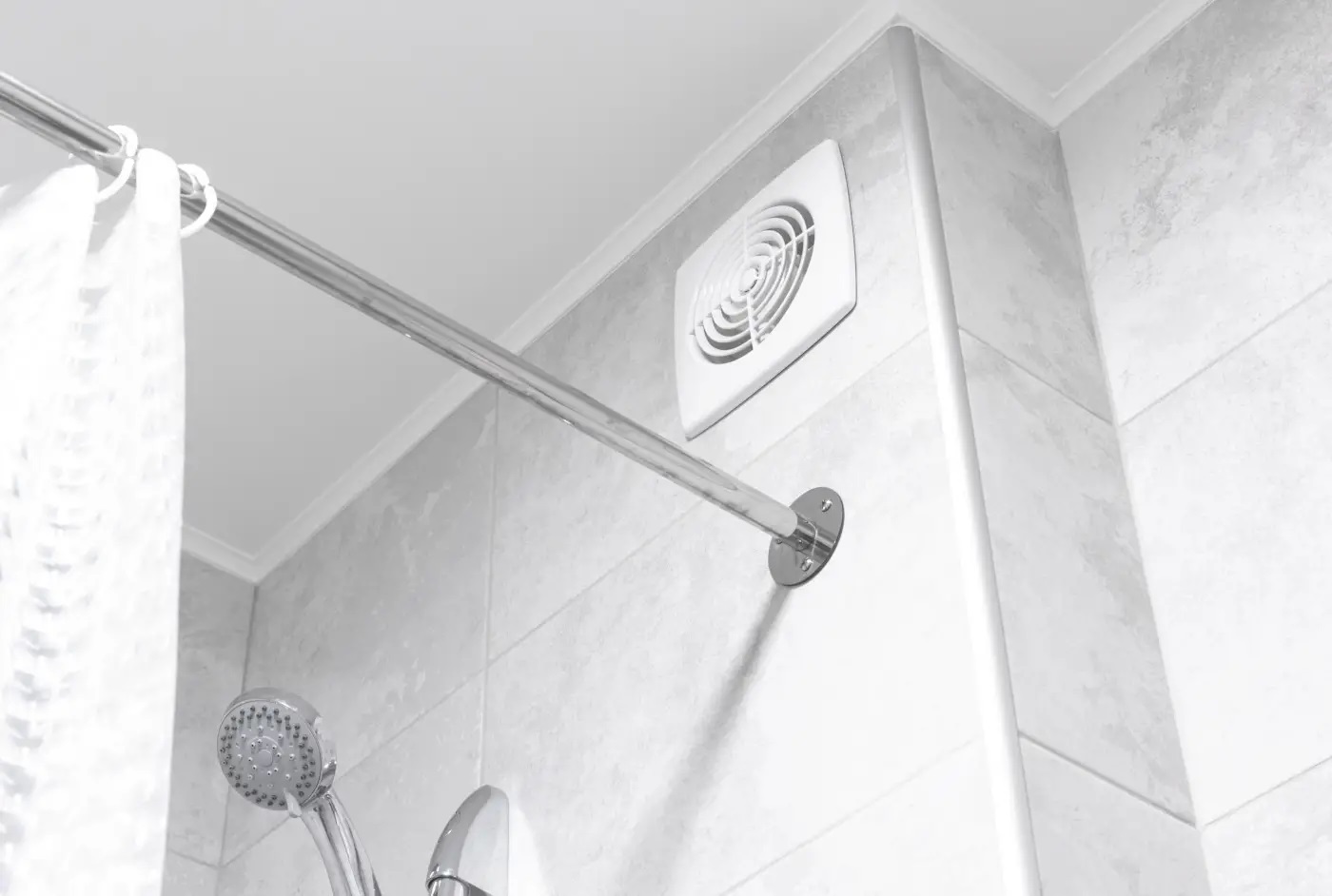
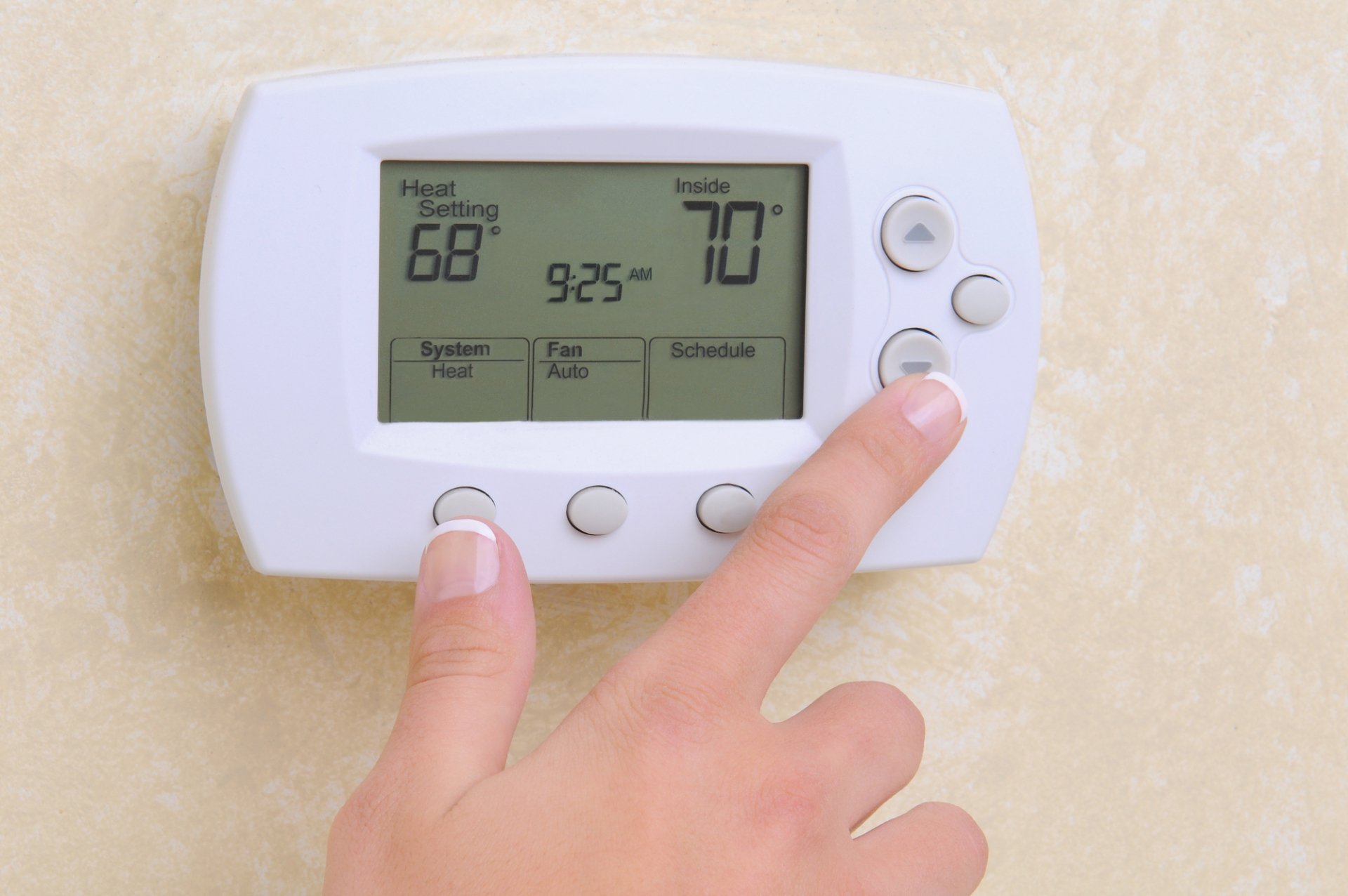
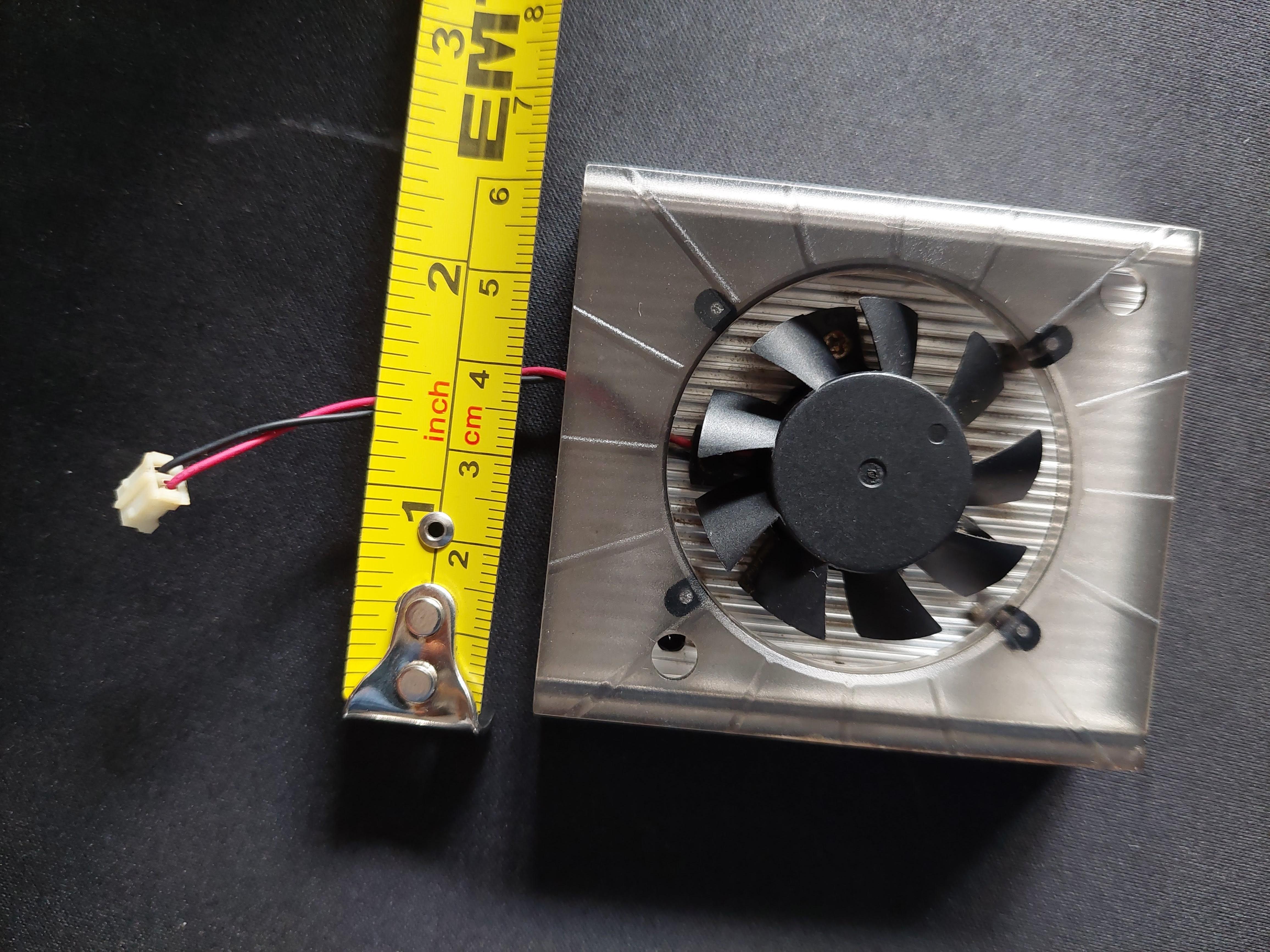
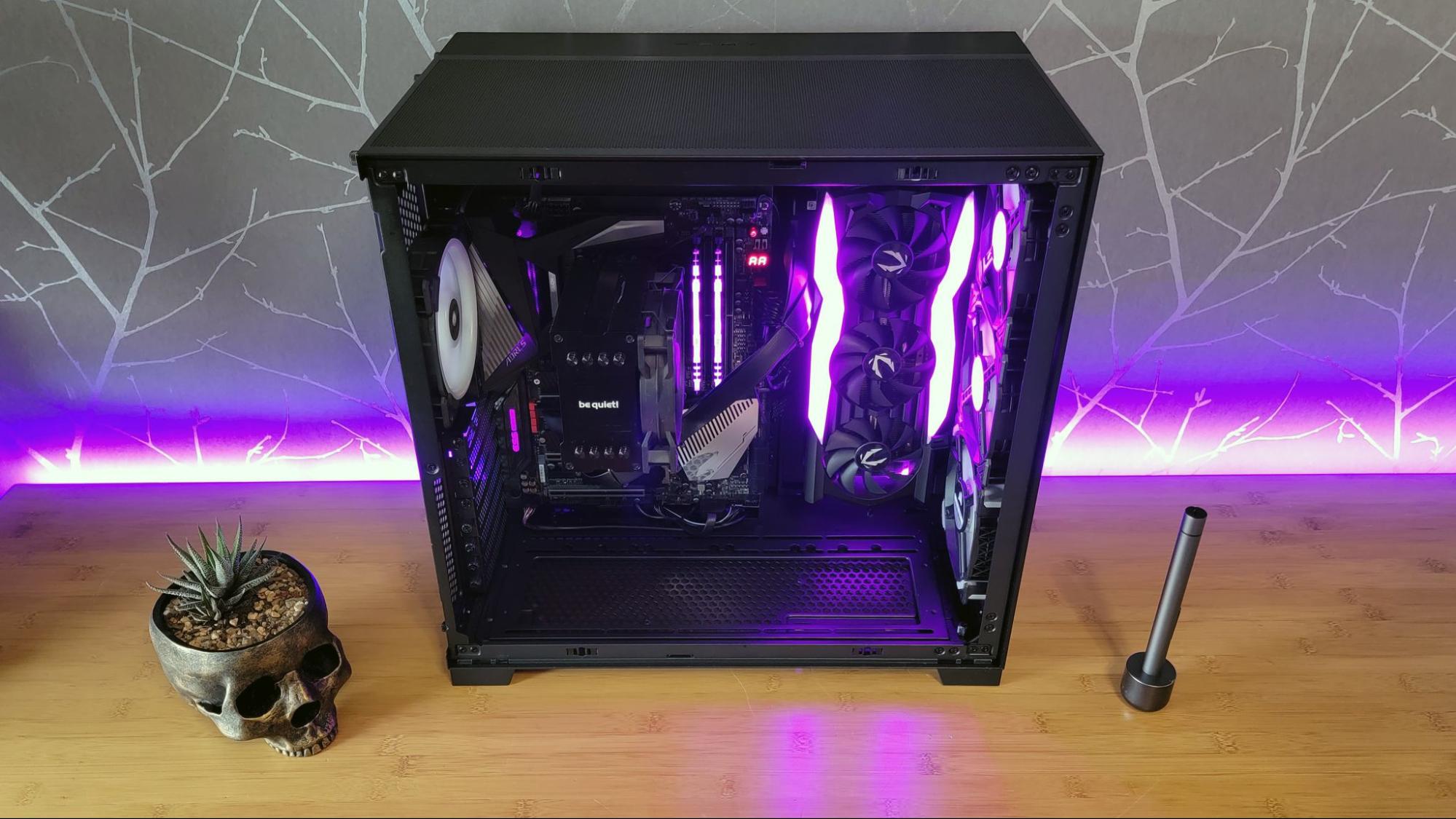
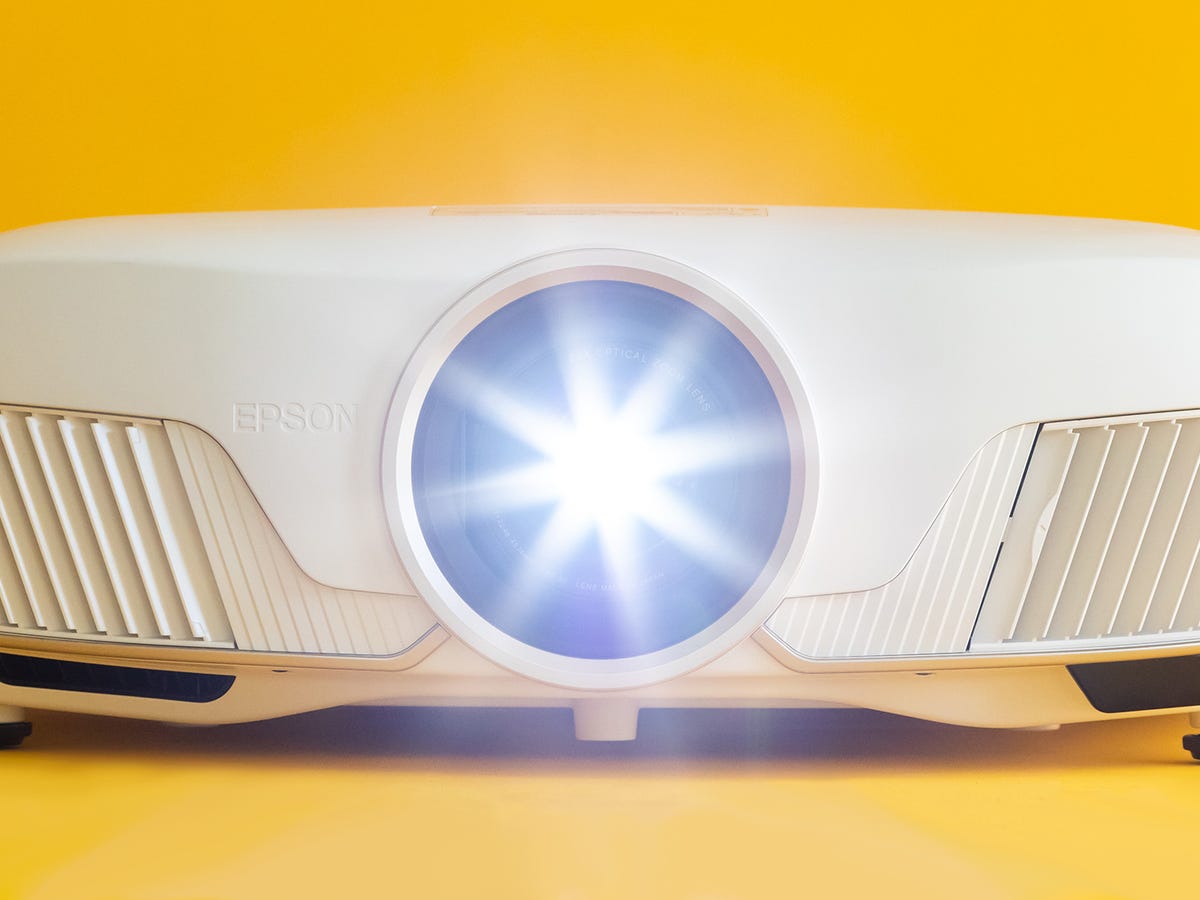
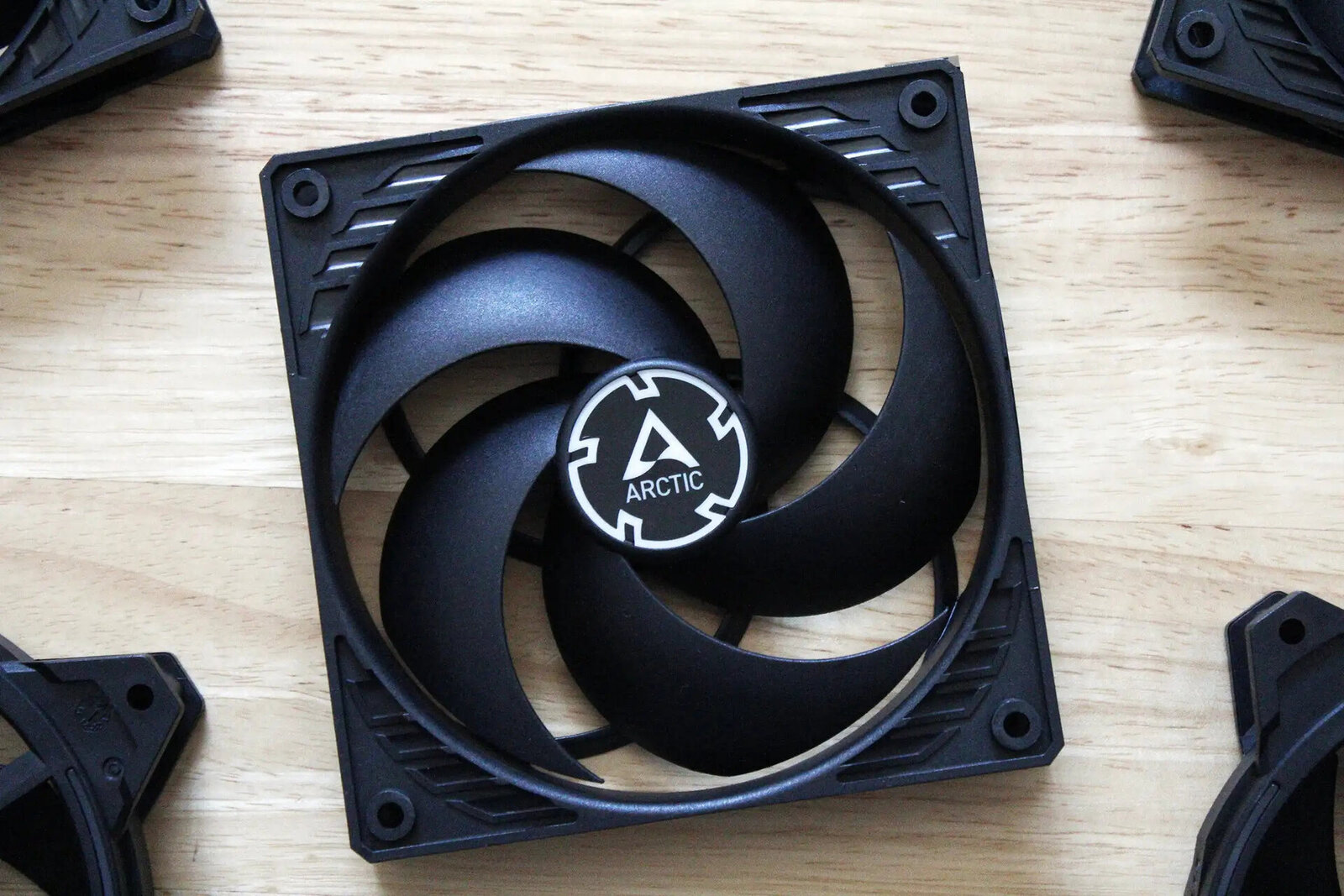


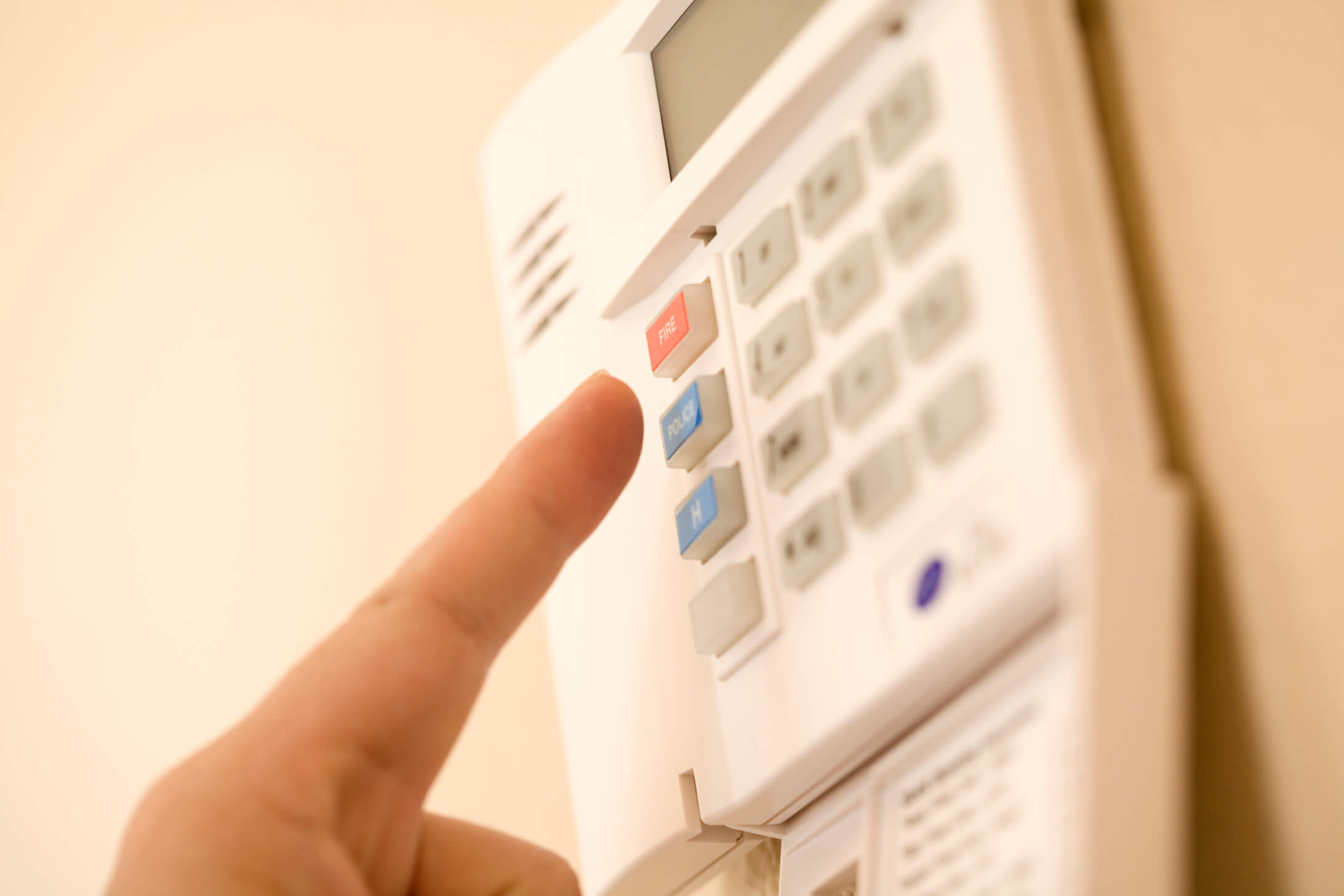
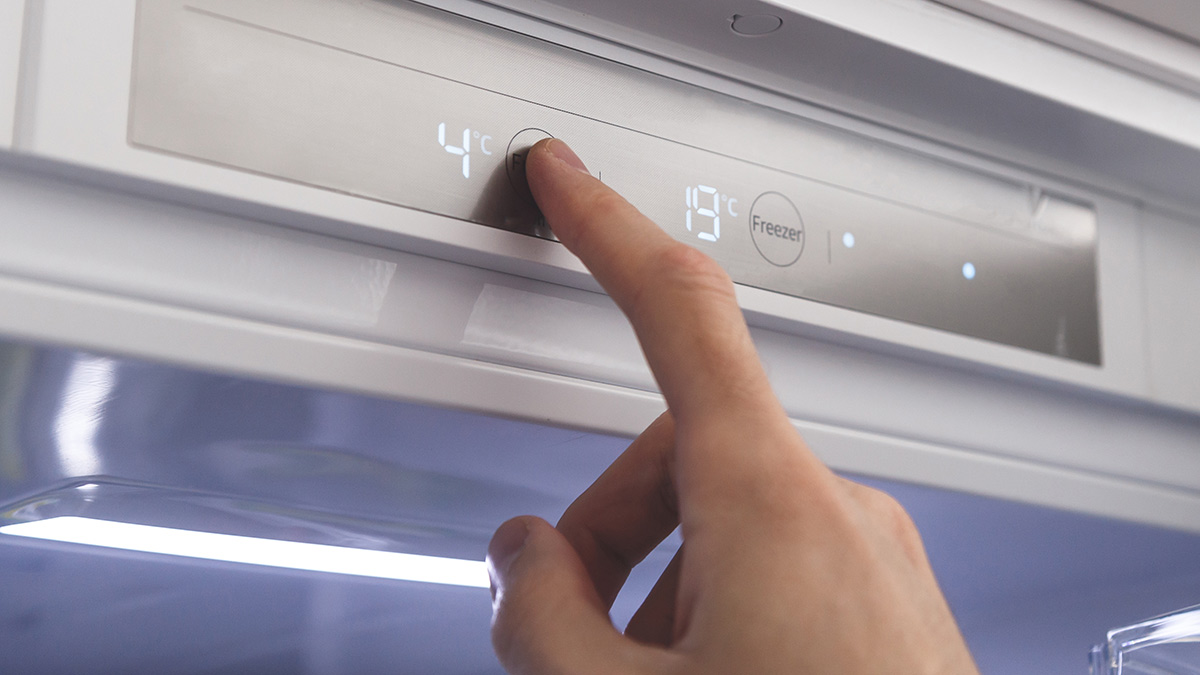


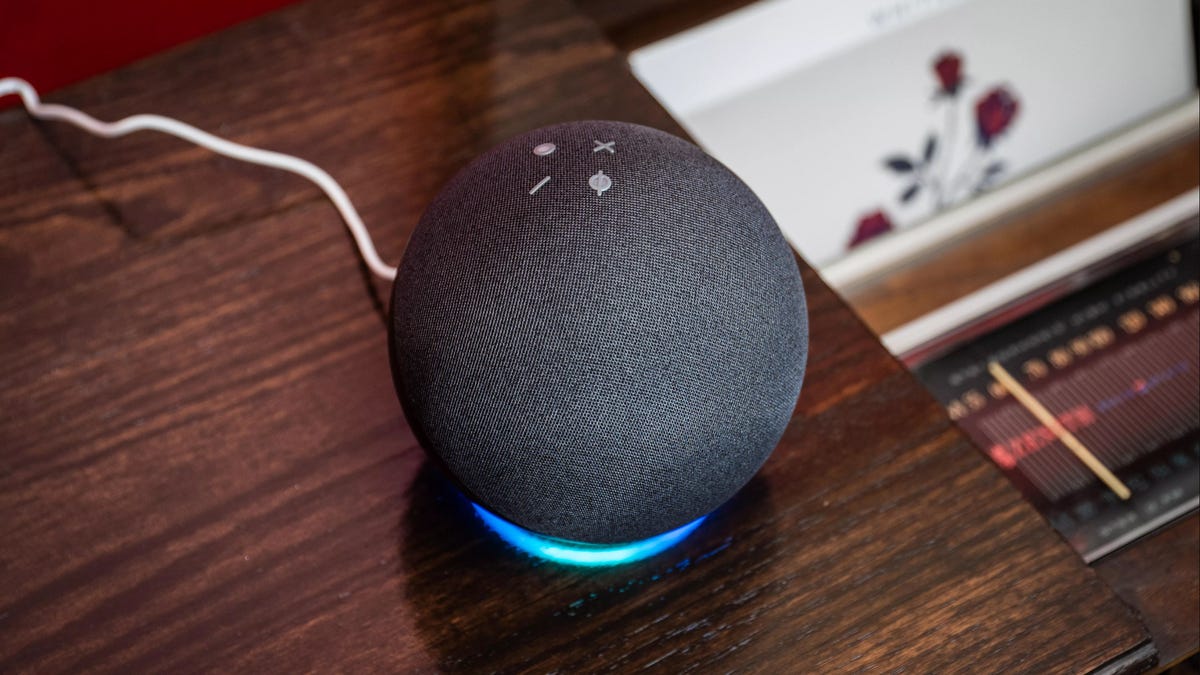
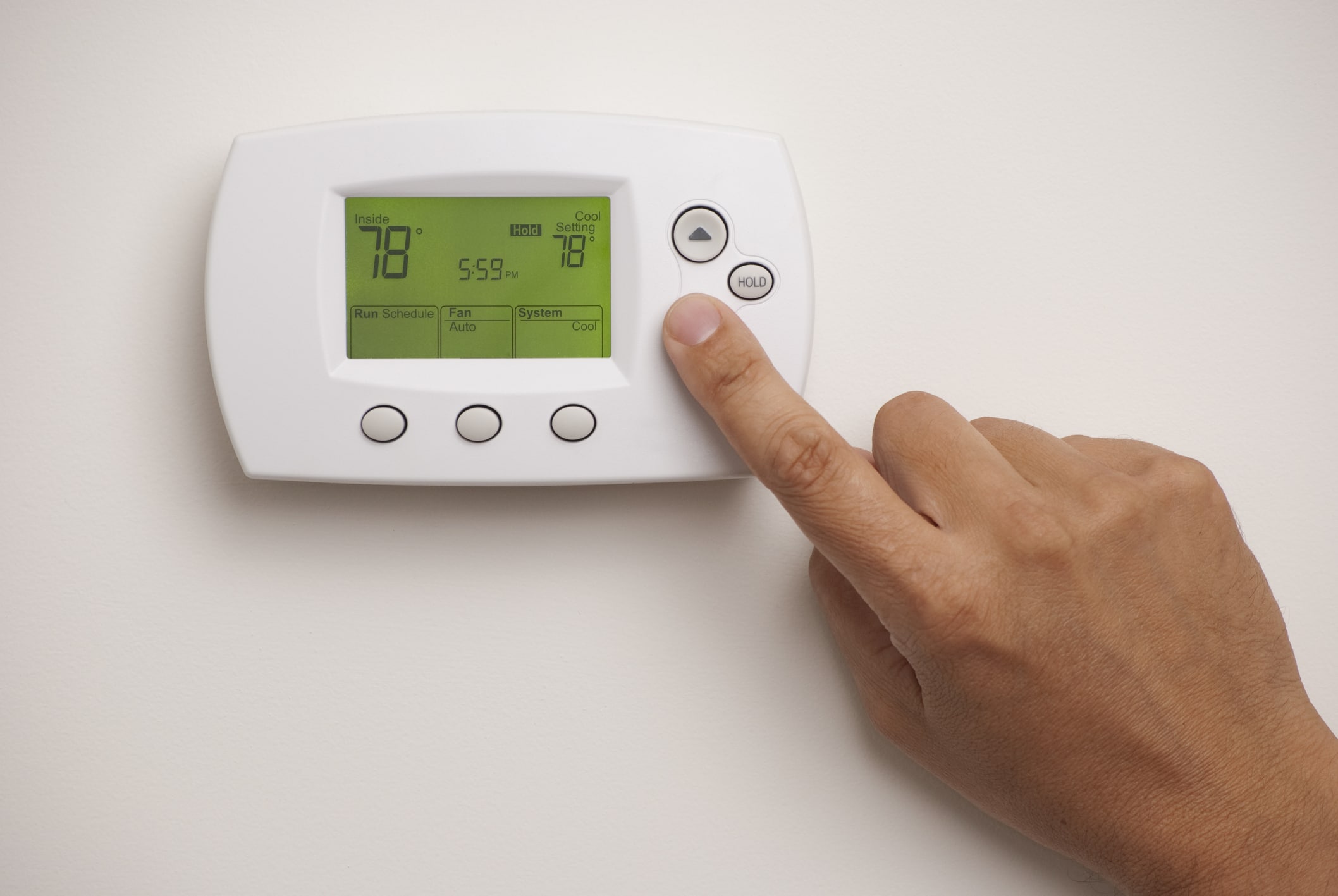

0 thoughts on “How To Turn Off Computer Fan”